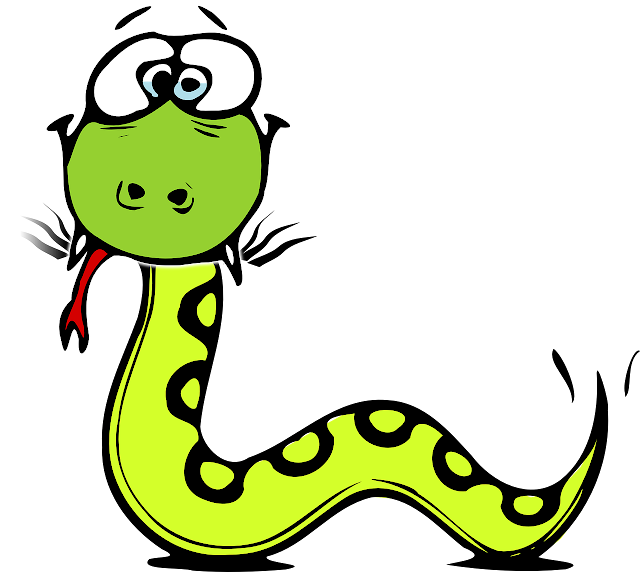Python is one of the best general-purpose programming languages, which is why it’s so relevant to developers. However, there are different Python versions, and according to ActiveState blogger Jeff Rouse, “the different major Python versions have been a divisive issue inside the Python community for a long time.”
Currently,a decision programmers and developers are facing is whether to move from Python 2 to Python 3. It’s not necessarily a new issue, but according to Rouse a couple of years ago there started to be a more significant shift away from Python 2 and toward Python 3. He even describes Python 3 as now having the “upper hand.”
So what is there to know when comparing key differences between Python 2 and Python 3 if you’re still one of the people on the fence? How can you compare the two, and do you still need to learn Python 2?
Why Was Python 3 Introduced?
When exploring the differences between Python 2 and Python 3, it can be helpful to know why 3.0 was introduced in the first place. Python 3.0 came out in 2008, and it was introduced as a remedy to the problems that existed with Python 2. However, that made Python 2 incompatible with Python 3. That means if an organization were at any point using Python 2.x, they would have to make a lot of changes for the migration to 3.x.
Advantages of Python 3 include its support for AI and machine learning, as well as data science. Those are some big, important concepts for businesses right now. It’s easy to get support for Python 3, and it’s easier to learn the language as compared to the previous versions of Python, including Python 2. Python 3 can also be combined with other languages.
The Age of Python 3 and Available Libraries
For a long time, people that were in favor of sticking with Python 2 named reasons such as every library is written for Python 2. They would say that moving to Python 3 would leave you unable to find those libraries. However, now that Python 3 is 11 years old, many people feel like that’s no longer an issue. If a library is missing when a team starts a project, they will often code it and upload it so that the only libraries you’re now going to be unable to find are obscure anyway.
In addition, it’s important to keep in mind that Python 2.7 isn’t under development anymore. In 2020 it’s going to be discontinued altogether while Python 3 will continue to see the introduction of new features, stable releases, and active support.
The Python team even describes Python 3.x as the future of the language but even the present of the language. They describe Python 2.x as the “legacy.”
What Are the Key Differences?
The following are some of the main differences between Python 2 and Python 3.
- Python 2 was introduced in 2000, and the syntax of Python 2 can be somewhat more challenging to understand than the syntax of 3.
- In Python 2, when you have two integers that are divided, you provide the integer value,but in Python 3, you get a float value.
- With Python 2, the Rules of ordering comparison are more challenging than the simplified Rules in Python 3.
- Python 3 isn’t backwardly compatible with 2, but you can port Python 2 to 3.
Do You Still Need to Learn Python 2?
In some cases, despite the move from 2 to 3, developers are still advised to learn Python 2. So, why is that? First, if you are becoming a DevOps engineer, you may need to learn it. Also, if you work for a company whose code is written in Python 2, it’s another case where you’ll need to learn it.
A third reason it’s still valuable to learn Python 2 is if you are working on something requiring certain libraries that you can’t transition to Python 3. This would mean Python 2 is the only option available.
For developers and organizations that haven’t already done so, it’s clear that the right option is to move toward Python 3, particularly since 2 won’t even be available after 2020. Python 3 has better support, more benefits, features,and upgrades, and there’s an overall decrease in support for 2. There may still be some minimal reasons to learn 2, but again the clear winner in a head-to-head between the two options is Python 3.
